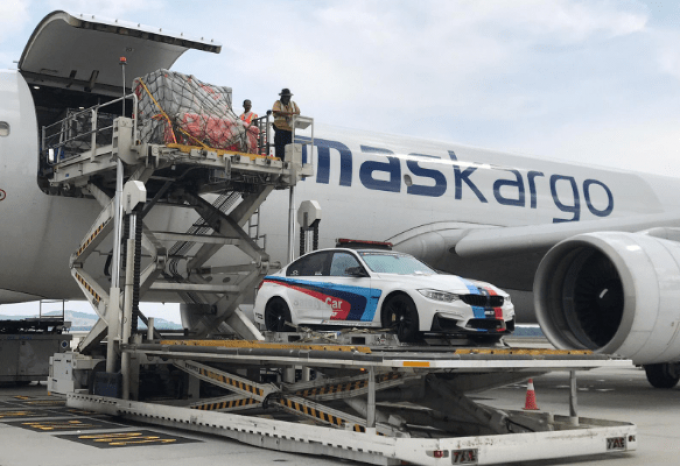India withdraws access for Bangladesh transhipments, in 'very harmful' decision
Fresh from being hit by US tariffs of 37%, Bangladesh is now contending with the ...

US authorities have put the brakes on any expansion of airfreight capacity to and from Malaysia.
Stating that the Civil Aviation Authority of Malaysia (CAAM) does not meet international aviation safety standards, the US Federal Aviation Authority (FAA) has downgraded the CAAM to a Category 2 rating.
This bans Malaysian air carriers from new flights to US destinations and US airlines are prohibited from putting a codeshare on a flight operated by a Malaysian carrier.
American Airlines cancelled its codeshare with Malaysian ...
Asia-USEC shippers to lose 42% capacity in a surge of blanked sailings
USTR fees will lead to 'complete destabilisation' of container shipping alliances
New USTR port fees threaten shipping and global supply chains, says Cosco
Outlook for container shipping 'more uncertain now than at the onset of Covid'
Transpac container service closures mount
DHL Express suspends non-de minimis B2C parcels to US consumers
Zim ordered to pay Samsung $3.7m for 'wrongful' D&D charges
Flexport lawsuit an 'undifferentiated mass of gibberish', claims Freightmate

Comment on this article